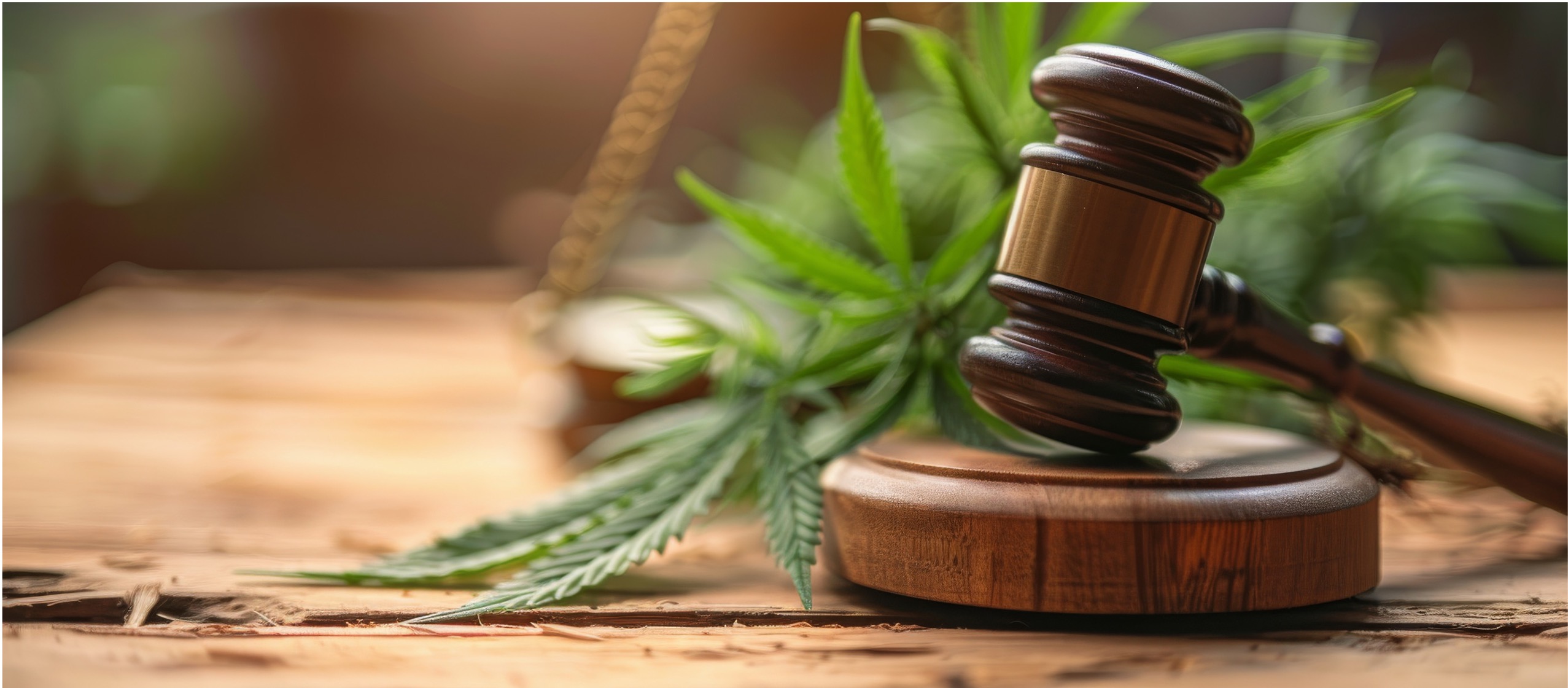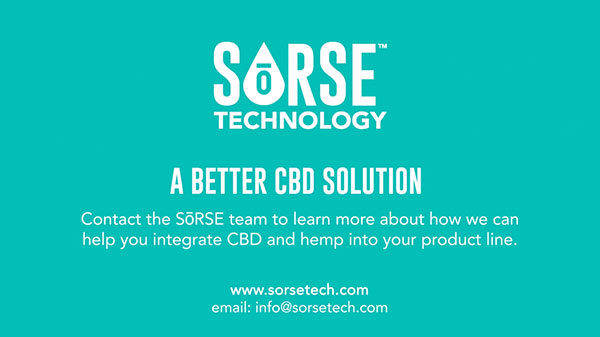The emergent CBD industry is a very exciting, dynamic place. The opportunity to capitalize on a rock n’ roll ingredient with meaningful and ever-expanding scientific validation behind it is compelling and potentially very lucrative. However, for producers who want to add CBD to their existing products, or develop new CBD products, a spate of novel challenges await. More than just the usual ins and outs of product development, working with CBD has multiple dimensions of complexity and several co-evolving variables.
Here are the main challenges that you can expect when creating your first CBD products, as well as how to address them.
CBD IS A NOVEL ACTIVE
Now that the stigma around cannabis has relaxed a bit, more mainstream producers are open to formulating with CBD. However, cannabis extracts are a unique class of chemicals with many synergistic–and some antagonistic–properties. (For example, CBD is a more potent inhibitor of liver enzymes than grapefruit, and is contraindicated in all the same medications.) Scientific research has been hobbled by federal scheduling, which until recently included CBD along with THC in its most restrictive category (it is still unclear whether CBD or just the CBD-derived drug Epilodex will be reconsidered, but the DEA has demonstrated no willingness to criminalize CBD producers). Most of what we know about CBD comes from overseas, from very recent research, or from massive anecdata. The pressures of this longstanding quasi-prohibition have also dictated that formulation prioritize delivering active over sensory considerations, but contemporary CBD customers are beginning to demand more palatable options. Because CBD is a weak actor on its own, potency must be high to deliver the results the customer expects. This relatively high proportion of active has a cascading effect on formulation. CBD’s weak action also benefits from supporting chemicals: terpenes, flavonoids, or synthetic dermal absorption enhancers.
Contrary to public perception of cannabis as more art than science, cannabis science experts do exist, some with decades of formulation experience. They have unique knowledge of terpene & flavonoid balances, form factors, and extraction methods. Do not discount expertise because someone worked in the pre-legalization market. You will want to make sure you have a cannabis-specific expert on your team.
REGULATORY IS COMPLEX, UNCERTAIN, AND CONSTANTLY CHANGING
2018’s Farm Bill did a lot to legitimize CBD derived from hemp, but it still exists in a tenuous legal purgatory. Fortunately, federal regulatory hearings are happening, and generally moving in a direction that is more supportive of legal commercial access.
State to state, however, regulatory requirements are either nonexistent or conspicuously unenforced. THC markets have much more stringent regulatory requirements; much of what producers do in the CBD landscape amounts to asking forgiveness rather than permission.
As a producer, the best you can do at this time is follow best practices. Don’t cut corners, because enforcement is coming, and soon. Put the effort into developing thorough processes now. Follow FDA protocols–terms such as “natural,” for example, have precise definitions. CBD products cannot be certified organic, but they can get Clean Green Certified, the cannabis industry’s certification for growers who use organic processes, in 7 states. Carefully avoid structure-function and/or medical claims.
SOURCING
CBD suppliers can be fickle; locking down reliable, high-quality extracts is difficult. Know the right questions to ask and, if possible, tour their facilities in person. Don’t put all your eggs in one basket, either: many CBD sources appear reliable at first but will falter on execution within a few months. Be ready with backups should the relationship with your first choice supplier fail.
Do your own independent testing of concentrates at all stages of the development process, making sure the lab includes testing for terpenes and pesticides. Confirm that batches are consistent within an acceptable range. This goes double for full spectrum extracts, which by their nature can vary more widely batch to batch.
Be thoughtful about packaging. Cannabinoids degrade faster when exposed to light and heat. Choose opaque packaging and speedy shipping. And perhaps this goes without saying, but test for potency in the final product and print the result clearly on the label. Customers are increasingly discerning and deserve to know what they’re getting.
MARKET RESEARCH
The CBD market is growing, but mercurial. It doesn’t follow demographic lines the way many industries do and it’s so new that little research exists, creating a unique burden for market strategy. CBD appeals to everyone while stigma crops up in surprising places. When deciding on new products, producers should bear in mind positioning and efficacy.
Your new product should have a compelling reason for the inclusion of CBD. It should be a real value add; the uncritical addition of CBD to existing products fuels the fad hype and shortens the viability of your product. Be thoughtful and conscientious: does this product make taking CBD easier, more convenient, faster? Is it a novel form factor? Aligned with your values and the values of your customers?
Arrange as large a customer test group as possible; there may be scientific data for the results you’re claiming, but are your customers experiencing them? Often the effects suggested by rodent studies aren’t borne out in humans (or the interactions are sufficiently complex that they can’t be reproduced reliably).
SENSORY
For obvious reasons, sensory took a back seat to efficacy in the pre-legalization market. CBD, like all cannabinoids, is intensely bitter. Since it needs to be present in high potency, overcoming bitterness is a leading challenge in developing CBD food and beverages. In the past, developers have used complementary bitter flavors such as peppermint to mask the taste. However, now the technology exists to make CBD and other cannabinoid preparations comparably palatable to non-infused products.
To sum things up, the advice to producers entering or thinking about entering the CBD space boils down to common sense: do your homework, find and support reliable suppliers, and engage the expertise of industry veterans. It’s a wild new world out here.





